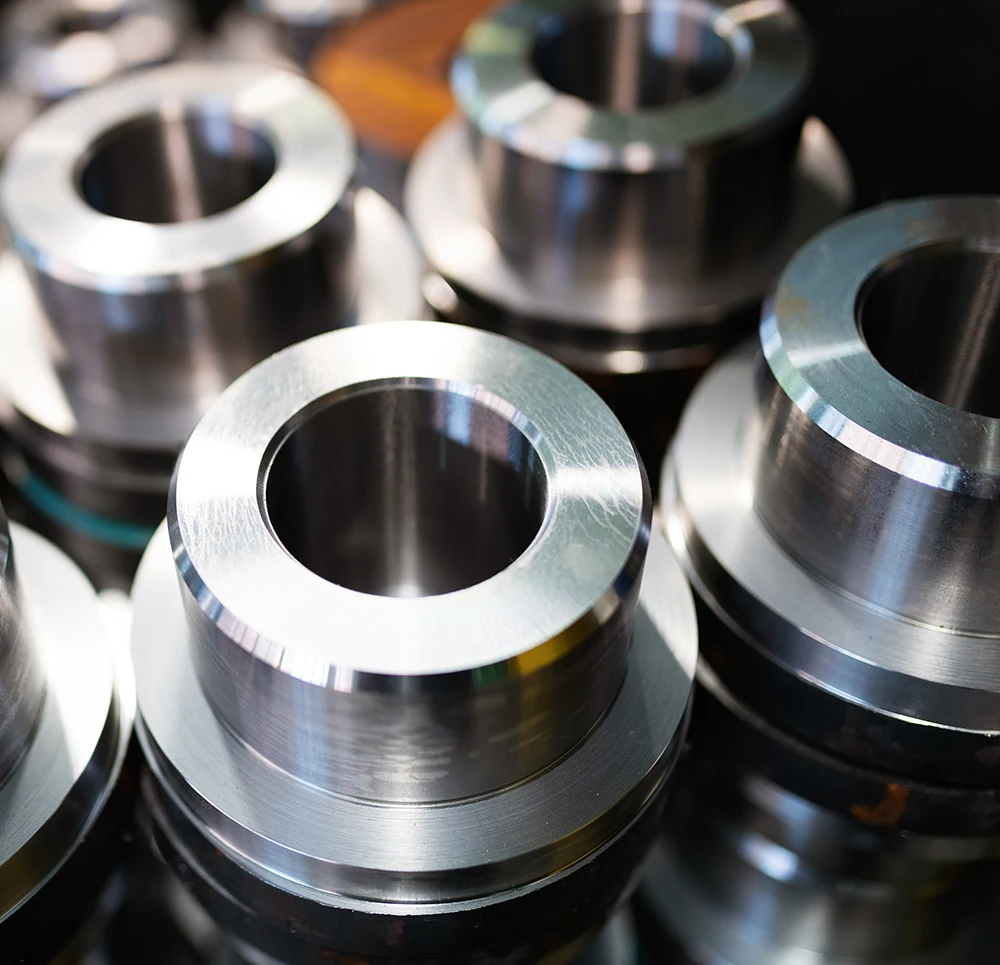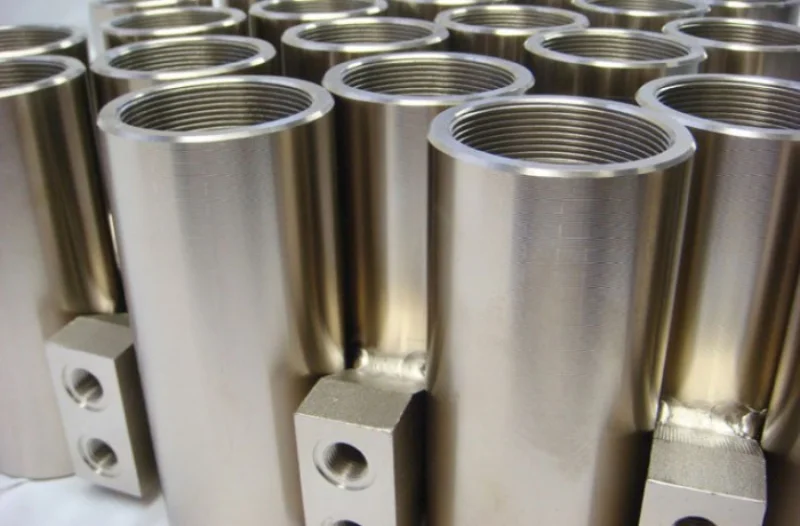Electroless nickel plating is the simpler plating solution, as no electric charge or catalyst is needed. Instead, it involves a natural chemical reaction, which occurs evenly on all exposed areas of the base material. This allows increased precision and customization in coating thickness.
The electroless nickel plating process consists of a simple chemical chain reaction. The core material or substrate is first cleaned to ensure a spotless coating. It’s then dipped into a water-based solution. The solution contains both nickel and a reducing agent with phosphorous content. A reducing agent is an element or compound that gives away electrons. This results in the nickel adhering to the substrate on its surface.
This process does not require an electrical current because the reaction occurs automatically through chemical means.
Electroless nickel plating results in such a durable, corrosion-resistant and smooth finish, it has many applications. It’s also chemically resistant and friction-reducing, which makes it ideal for aircraft and aerospace materials. Additionally, it makes for an aesthetically pleasing choice, with a customizable finish from matte to shiny. This makes it popular for visible home appliances.

